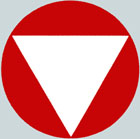UH-1B
English Translation
S'il est un hélicoptère le plus connu et les plus couramment utilisés e de part le monde c'est lui le Bell UH-1 Iroquois officiellement appelé, mais mieux connu comme le "Huey". Il existe un certain nombre de modèles différents de Huey construits et utilisés au cours des quatre dernières décennies.
Mais Bell UH-1 c'est une famille et il ya des nombreuses versions différentes
le Modèle qui nous intéresse est le UH 1B ou AB 204 b
Pourquoi AB 204? AB car il s'agit d'un Augusta Bell
La compagnie Bell
Bell Helicopter
 |
Bell Helicopter est un fournisseur d'appareil à décollage et atterrissage vertical avec plus de 34.000 hélicoptères livrés.
Fondée en 1935 sous le nom de Bell Aircraft Corporation, Bell Helicopter est le premier à obtenir la certification d'un hélicoptère. Son siège social est à Fort Worth, Texas, Etats-Unis. mais Bell Helicopter possède des usines à Dallas / Fort Worth, Mirabel, Québec, Canada et Amarillo, Texas. En outre, elle a des centres de production en Europe, au Canada, à Singapour, . Depuis 1960, elle fait partie d’une holding de fabrication de textile quand Textron achète Bell Aerospace
Textron était au début une petite entreprise de textile fondée en 1923, à Boston, Massachusetts. L’industrie des textiles a connu un boom important au cours de la Seconde Guerre mondiale, inaugurant une période de croissance notamment pour cette entreprise, qui devient Atlantic Rayon Corporation et qui a en charge la fabrication de parachutes.
 |
En 1943, face à la diminution des contrats passés par le gouvernement, et pour anticiper les problèmes Textron modifie sa production Little a développé une entreprise intégrée verticalement qui contrôlent tous les aspects opérationnels de traitement de matières premières à la distribution. Il modifie rapidement sa ligne de production de parachutes se transforme en ligne de production de lingerie, blouses, draps et autres biens de consommation.
En 1953, Textron acheté une première entreprise qui ne soit pas dans le domaine textile la Burkart Manufacturing Co. de St. Louis, Missouri. Cette entreprise a fourni les matériaux de rembourrage pour le marché de l'automobile
En 1963, Textron cesse sa production dans le textile. Textron passé de cap et devient une marque leader mondiale dans le domaine aéronautiques avec Bell Helicopter, Cessna Aircraft, EZ-GO, AAI Corporation, Lycoming Engines et Greenlee
L'UH-1B
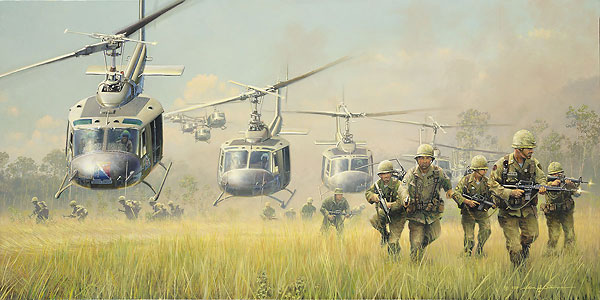 |
| Internet |
Ce fut l'hélicoptère militaire le plus utilisé Le Bell UH-1 Iroquois, plus connu comme le "Huey", combattit au Vietnam à compter de 1963. Avant la fin du conflit, plus de 5.000 de ces hélicoptères ont été utilisés pour l'évacuation sanitaire, de commandement et de contrôle, de l'air les assauts aéroportés, de transport de personnel et de matériel et d'armes .
9000 ont été produites à partir des années 1950 à aujourd'hui, pour environ 40 pays
L'UH-1B modèle, mieux connu sous le nom de "Baby Huey", fut l’une des versions originales introduite au début des années 1960, qui à connu le baptême du feu au Viet Nam
En 1955, l'armée américaine a cherché à développer un nouveau hélicoptère pour plusieurs rôles
MedEvac
commandement
.jpg) |
| Internet |
contrôle des missions devant remplacer le vénérable Bell 47 (MASH ). Le modèle sélectionné est celui de Bell Helicopter le type 204, qui a effectué son premier vol en 1956. Il était initialement désigné le H-40, mais lorsque l'armée a changé son système de numérotation, l'hélicoptère a été désigné HU-1 (helicopter-utility), d'où le surnom de "Huey" vient, même si le type du nom officiel est "Iroquois" .
Plus tard, le DoD (Department of Defense) modifie son système de désignation à nouveau, et le HU-1 est devientl’'UH-1.
Apres 183 UH-1A l’Us Army demande à Bell de faire quelques améliorations mineures, qui conduisent à l'UH-1B.
Le "B" a un modèle avec un fuselage légèrement plus long pouvant accueillir, avec l'UH-1V dans le rôle original MedEvac, sept personnes: trois sur des civières, deux blessés et une séance médical
Plus de 1000 UH-1B ont été construits entre 1961 et 1965, et ils ont commencé à arriver au Viet Nam en 1963.
Bell a construit une version civile identiques, le modèle 204B, qui a également été vendu à certains armées étrangères.
Pour escorter les versions non armées, l'Armée de terre a également équipée certains de ses UH-1B à la façon Gunship avec un système d'armement "M-6E3", soit deux mitrailleuses M-60 montées sur un stabilisateur extérieur de chaque porte, soit un total de quatre, et huit racks de fusées
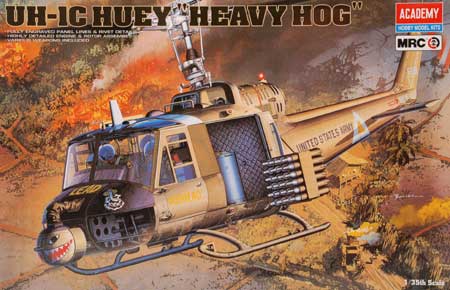 |
| Internet |
Les mitrailleuses pouvaient être mise en œuvre par le pilote à partir du poste de pilotage grâce à un système de visée actionné hydrauliquement . Toutefois, les hélicoptères UH-1B n’ étaient pas assez puissant pour amener tout cette panoplie d’ armes et de munitions devant protéger les Huey de transport, aussi Bell a conçu une autre version le "UH-1C", pour ce role de Gunship
.png) |
Le modèle C présente certaines différences, mais l'aspect général est identique au modèle B Le UH-1B peut facilement se présenter comme un «C» Gunship modèle, ainsi que la variante de type 204B civile.
L'UH-1B a fait se preuves au Viet Nam, dans les deux configurations armé et non armé.
À l'origine, destiné aux taches MedEvac ils sont souvent appelés "DustOffs". Dans leur version Transport ils ont reçu le surnom de ""Slicks " en raison de leur fuselage épuré, mais ils avaient une MG M-60 montée à chaque porte afin de à fournir l’appui feu pour l’'embarquement et le débarquement des troupes.
Le 204 fit faire un pas de géant dans la conception des hélicoptères, car il un des premiers à être alimenté par un turbo shaft. L'arbre de moteur turbo amélioré radicalement la mise en œuvre de l'hélicoptère en raison de son rapport poids/puissance ; En effet il est léger puissance a une moindre consommation de carburant et abaisse des coûts d'entretien et de fonctionnement.
L'utilisation d'un turbo shaft permet de transporter une charge utile plus importante et à une vitesse supérieure
Cette version va aboutir au Modèle 204 et la 205 et va être hélicoptère occidental de série le plus construit
D'autres versions Modèle 204
USMC UH-1E,
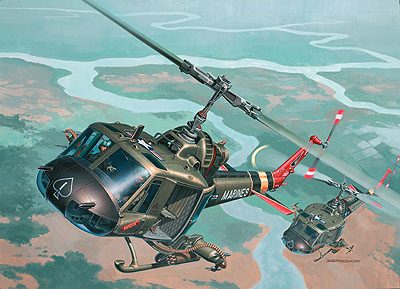 |
| Internet |
En Mars 1962, Bell remporte un contrat avec l’ US Marine Corps afin de fournir un hélicoptères d'assaut et d appui ,
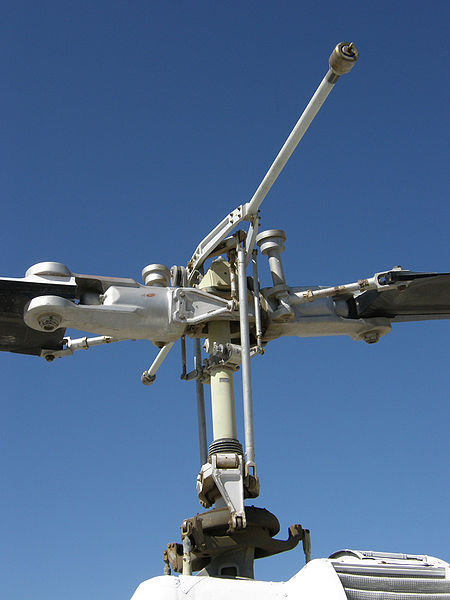 |
| Internet |
L’ USMC va recevoir 250 UH-1E, (comme le UH-1B), mais équipé d'un treuil de sauvetage, d'un rotor de frein capable de maintenir le rotor en place lors des transports maritimes et d’ une avionique optimisée.
Le premier vol a lieu en Février 1963. Et les premières livraisons débutent en Février 1964.
L’USMC a également acquit 20 "TH-1E" trainer
USAF UH-1F
En Juin 1963, Bell décroche un contrat avec l'US Air Force pour un hélicoptère de servitude pour ses sites de missiles,
L’USAF reçoit 146 UH-1F ", (dérivé de l'UH-1B).
L'UH-1F a un rotor de plus grand diamètre avec 14,63 mètres et d'un rotor des moteurs General Electric (GE) T58-GE-3 turbo arbre moteur de 1290 CV
Le premier vol a lieu en Février 1964, avec des livraisons à partir de Septembre 1964.
Nombre de UH-1F ont été convertis en "UH-1P" version guerre psychologique , transportant des haut-parleurs sur les jungles du Vietnam pour appeler à l'ennemi à se rendre.
USN UH-1D
Bell développé une variante de l'UH-1B appelé "HH-1K" de l'US Navy,
27 ont été construites en version SAR search and rescue
Ces hélicoptères sont équipés d'un moteur Lycoming T53-L-13 avec moteur de 1400 CV agréé Marine avec une avionique spécifique. Les premières livraisons ont eu lieu en 1970. 90 autres ont été construits comme des hélicoptères d’entrainement sous la désignation "TH-1L Seawolf", et huit ont été construites comme «UH-1D" utility rotorcraft.
AB 204
Cet hélicoptère a été également construit sous licence et le plus célèbre est l’Augusta Bell
J'ai donc essayer de reprendre l'histoire de la société Augusta
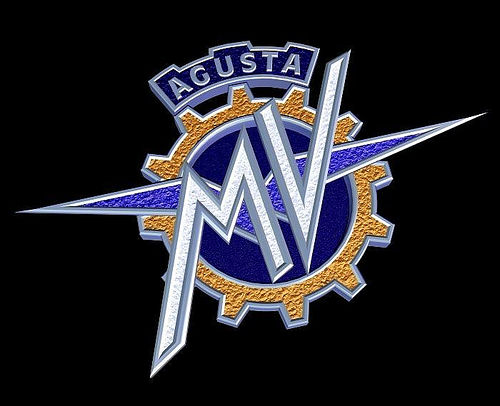 |
Augusta est une société italienne basée à Varèse, fondée par Giovanni Augusta en 1907, son premier avion date de 1907. Giovanni Augusta était issu d'une famille noble de Parme . Il était très considéré comme un ingénieur en aéronautique de renom et invente un « frein » pour essayer de ralentir la chute d'un avion en panne moteur. En 1923, il fonde la société Construzione Aeronautiche Giovanni Augusta (CAGA) et de construit une usine pour la production de petits avions, près de Varese, non loin de Milan. Mais les ailes fixes, ne lui donner pas satisfaction aussi il se tourne vers l’hélicoptère Ce fut le début d'un long itinéraire qui va amener Agusta, à la veille de la Seconde Guerre mondiale, à la conception et la réalisation des premiers prototypes époque qu’il ne connaitra pas puisqu’il meurt en 1927 Apres sa mort prématurée en 1927, son fils Domenico a repris l'entreprise, mais les bombardements de la Seconde Guerre mondiale détruisent l'usine Après la guerre, il n'y avait pas les moyens de recommencer. Plutôt que de tout arrêter, un accord a été conclu en 1952 avec American Bell pour la fabrication sous licence des hélicoptères Augusta-Bell (Boeing fait la même chose avec Aerospatiale )
Elicotteri Meridionali créé par Agusta en 1963 dans le cadre d'un programme d'industrialisation dans le sud de l'Italie, a ouvert en Octobre 1967, fabriquant des hélicoptères pour les forces armées italiennes.
En avril 1968, il a conclu un accord de production sous licence du Boeing Vertol CH 47 Chinook C hélicoptères birotor pour les l'Armée de terre italienne et de l'Iran. Il a également développé un hélicoptère spécifique l’AB47 diffusé sur une large échelle en Europe. Arrive ensuite l’A109 entièrement conçu et mis point en Italie dans les années 1970. Une décennie plus tard, l'A129 Mangusta est né, le premier hélicoptère de combat conçu et construit entièrement en Europe.
En 1981, Agusta Westland et les Britanniques commencent les études sur l’l'EH 101 un hélicoptère naval moyen et, en 1985, la société se lance dans un programme de collaboration avec les industries aéronautiques de la France, l'Allemagne et les Pays-Bas en vue de développer et de produire de l 'INSA HH 90, un hélicoptère de 9 tonnes bimoteur multi-rôle moyen en vue de satisfaire aux exigences des les forces armées Mais il est en concurrence avec le EH 101 .
En Juillet 2000 Finmeccanica qui a accepté de fusionner forment Agusta Westland
 |
Le AB 204
Agusta, a obtenu une autorisation de construire le 204 en 1961 (premier vol le 10 Mai 1961), Agusta-Bell vendu à un grand nombre de nations cet hélicoptère
Agusta a fourni des AB 204 équipé de moteur Rolls-Royce / Bristol Gnome H.1200 turbo arbre de 1200CV, ou de moteur GE T58-GE-2 turbo de 1325 CV.
Deux autres versions ont été construites
Twin Huey "basé sur AB-205, mais ces variantes sont restées au stade de prèproduction
AB-204AS (Anti-Surface Vessel), cette machine a été vendue en Italie, en Espagne, la Marine et de la Turquie
Autres constructeurs
Fuji-Bell 204B
Fuji-Bell 204B-2
Versions Modèle 204
XH-40: Les trois premiers prototypes, avec moteur Lycoming T53-L-1 (700 CV avec un teetering-bar rotor.
YH-40: helicoptère d’évaluation Six hélicoptères, avec moteur T53-L-1A moteur (770 ch) et tronçon du fuselage aloongé de 30 centimètres .
HU-1: 9 pré-production, semblable à YH-40.
UH-1A (HU-1A): production initiale, similaire à YH-40. 183 construits.
UH-1B (HU-1B):variante plus large Équipés au début du moteur T53-L-5 (860 CV), puis du T53-L-11 (1100 CV). Au moins 1.033 construits.
Modèle 204B: version commerciale de UH-1B.
UH-1C: Gunship UH-1B optimisé avec moteur T53-L-11, le modèle 540 avec rotor, et une plus grande capacité d’emport de carburant. Environ 750 construites.
UH-1E: USMC version UH-1B, avec treuil de sauvetage, frein de rotor avionique USMC. 250 construits.
TH-1E: Même chose que UH-1E, mais d'une double commande pour la formation. 20 construits.
UH-1F: version de l'USAF UH-1B, avec moteur General Electric T58-GE-3 (1290 CV) et rotor plus large. 146 construits.
TH-1F: Version entrainement du UH-1F, construit en petit nombre.
HH-1K: Version, US Navy SAR variante du UH-1B, avec moteur T53-L-13et avionique US Navy 27 construits.
TH-1L Seawolf: version entraînement du HH-1K, 90 construits.
UH-1L: version l'Utilitaire du HH-1K, 8 construits.
UH-1M: hélicoptère de combat nocturne dérivé du UH-1C avec systèmes de détection et moteur T53-L-13 (1400 CV. Construit en petit nombre, certains convertis à partir de UH-1C.
UH-1P: guerre psychologique conversion du UH-1F, avec haut-parleur.
AB-204: Version italienne d’ Agusta-Bell modèle sous licence Agusta-Bell a offert de nombreux équipements personnalisés, y compris sur la motorisation
Rolls-Royce / Gnome H.1200 moteur Bristol (1200 CV) ou un General Electric T58-GE-2 du moteur (1325 CV).
AB-204AS version du modèle 204pour guerre maritime avec radar de recherche, sonar immergée torpilles et missiles antinavires.
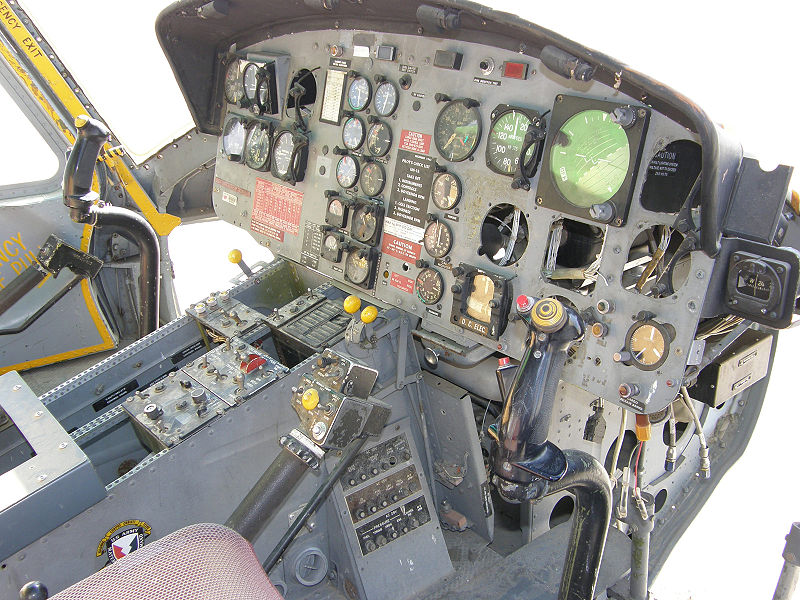 |
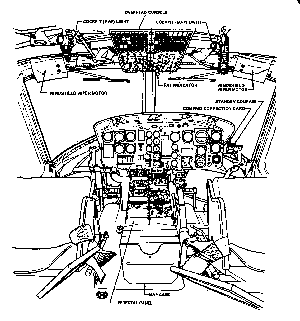 |
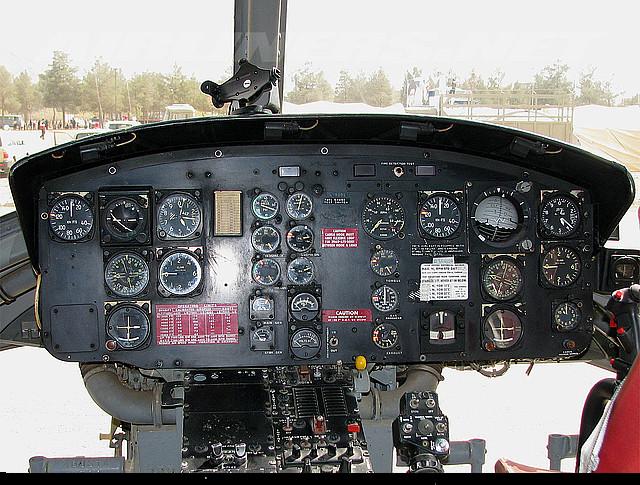 |
| Internet |
Internet |
Internet |
Caractéristiques
Hélicoptère polyvalent
modèle type Bell 204 / UH1E Huey
poids à vide 2155 kg
poids en charge max 3855 kg
rotor 13,41 mètres de largeur
Longueur totale 16,15 mètres
Longueur du fuselage 12,98 m
Hauteur 4,44 mètres
Vitesse maximale 220 km / h
Plafond 5090 mètres
Autonomie 340 km
UH-1 VERSIONS
1956 Model 204 XH-40 3
1956 Model 204 YH-40 6 Total: 00009
1959 Model 204 HU-1A (UH-1A) 182
1960 Model 204 YHU-1B (Yuh-1B) 4
1961 Model 204 HU-1B (UH-1B) 1031
? Modèle 204-1B Nuh 1
Total: 1965 +755 UHC1
Photoscope (Walk Around) ICI
Utilisateurs Users
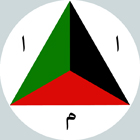 |
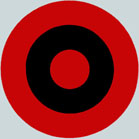 |
.jpg) |
.jpg) |
 |
| Afghanistan |
Albanie |
Australie |
Bahrein |
Bangla desh |
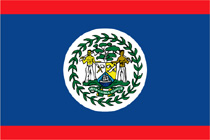 |
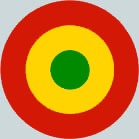 |
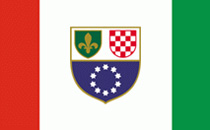 |
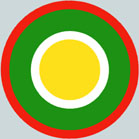 |
.jpg) |
| Belize |
Bolivie |
Bosnie |
Bruneï |
Brezil |
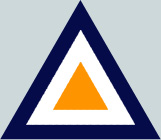 |
.jpg) |
.jpg) |
.jpg) |
.jpg) |
| Birmanie ( Burma) |
Cambodge |
Canada |
Chili |
Colombie |
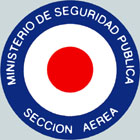 |
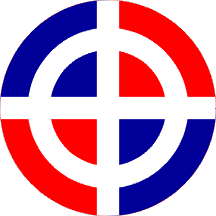 |
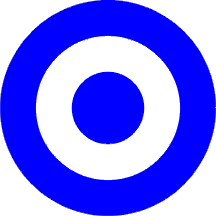 |
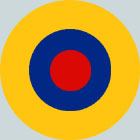 |
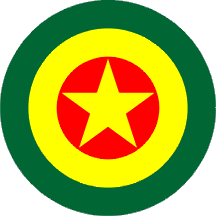 |
| Costa Rica |
Rep Doninicaine |
El Salvador |
Equateur |
Ethiopie |
.jpg) |
.jpg) |
.jpg) |
 |
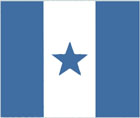 |
| Allemagne ( Germany) |
Grece |
Géorgie |
Guatemala |
Honduras |
.jpg) |
.jpg) |
.jpg) |
.jpg) |
 |
| Indonesie |
Iran |
Irak |
Israël |
Italie |
 |
.jpg) |
.jpg) |
 |
.jpg) |
| Jamaïque |
Japon |
Jordanie |
Koweït |
Liban |
.jpg) |
.jpg) |
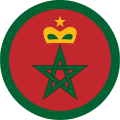 |
.jpg) |
.jpg) |
| Macédoine |
Mexique |
Maroc |
Pays Bas |
Norvvège |
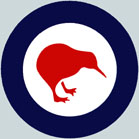 |
.jpg) |
.jpg) |
 |
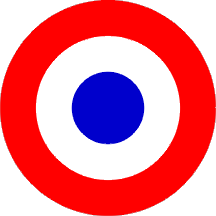 |
| Nouvelle Zélande |
Oman |
Pakistan |
Panama |
Paraguay |
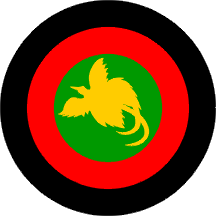 |
.jpg) |
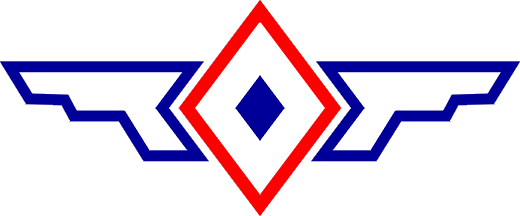 |
.jpg) |
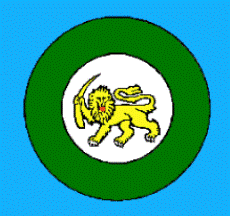 |
| Papouasie |
Pérou |
Philippinnes |
Taiwan |
Rhodesie |
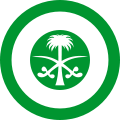 |
 |
.jpg) |
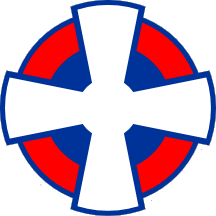 |
 |
| Arabie Saoudite |
Sénégal |
Singapour |
Serbie |
Somalie |
.jpg) |
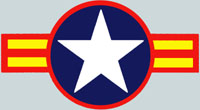 |
.jpg) |
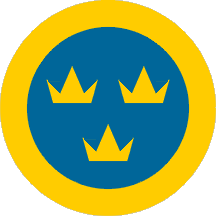 |
 |
| Corée du Sud |
Vietnam du Sud |
Espagne |
Suède |
Tanzanie |
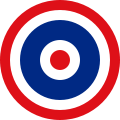 |
 |
.jpg) |
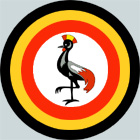 |
.jpg) |
| Thaïlande |
Tunisie |
Turquie |
Ouganda |
Emirats Arabes Unis |
.jpg) |
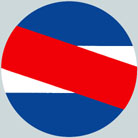 |
.jpg) |
.jpg) |
.jpg) |
| USA |
Uruguay |
Vénézuéla |
Vietnam |
Yemen |
UH-1B
If it is one of the most recognized and most widely used and easily military helicopter in the world It is the Bell UH-1 officially called the Iroquois, but better known as the "Huey". There were a number of different models of Hueys built and used over the last four decades.
But Bell UH-1 is a family and there is difeerents versions
the Moel who interest us is the UH 1B or AB 204 b
Why AB 204 ? because he could signified Augusta Bell
The Bell company
Bell Helicopter
 |
Bell Helicopter is a provider of vertical takeoff and landing aircraft with more than 34,000 helicopters delivered
Founded in 1935 as Bell Aircraft Corporation, Bell Helicopter was the first to obtain certification of a commercial helicopter. Headquartered in Fort Worth, Texas, U.S.A., Bell Helicopter has plants in the Dallas / Fort Worth area, Mirabel, Quebec, Canada and Amarillo, Texas. Additionally, she has logistics supply and service centers in Europe, Canada, Singapore as well as in the United States. Since 1960 she was include in Founding as a Textile Company when Textron purchased Bell Aerospace
 |
Textron was at the beginning a small textile company founded in 1923,in Boston, Massachusetts. Textiles boomed during WW II, ushering in a period of growth and activity for the company, which was now doing business as Atlantic Rayon Corporation. A major line of business during the war was parachutes. In 1943, with WW II government contracts dwindling, Little faced the challenge of declining revenue and underutilized production capacity. He developed a vertically integrated company that controlled every operational aspect from raw goods processing to distribution. He moved quickly from producing parachutes to making lingerie, blouses, bed linens and other consumer goods. In 1953, Textron purchased its first non-textile business, Burkart Manufacturing Co. of St. Louis, Missouri. This company supplied cushioning materials to the automotive market
In 1963, Textron sold its last textile operation. Now the Textron’s powerful global brands
are Bell Helicopter, Cessna Aircraft, E-Z-GO, AAI Corporation, Lycoming Engines and Greenlee
The UH-1B
The most widely used military helicopter is the Bell UH-1 Iroquois, better known as the "Huey", who fight in Vietnam since 1963. Before the end of the conflict, more than 5,000 of these helicopters were used for MedEvac, command and control, air assault, transport personnel and materiel and gunships.
9000 were produced from 1950s to the present, for about 40 countries
The UH-1B model, best known as "Baby Huey", was one of the original versions introduced in the early 1960s, and saw extensive service in Viet Nam
In 1955 US Army sought to develop a new jet-powered helicopter for MedEvac Command and Control missions to replace the venerable Bell 47 ( M*A*S*H type). The design selected was Bell Helicopters' Model 204, which first flew in 1956. It was originally designated the H-40, but when the Army changed its numbering system, the helicopter was designated HU-1 (helicopter-utility), from which the nickname "Huey" comes, even though the type's official name is "Iroquois". Later, the DoD (Department of Defense) changed their designation system again, and the HU-1 became the UH-1.
Us Army ordered 183 UH-1A models, and then asked Bell to make some minor improvements, which led to the UH-1B.
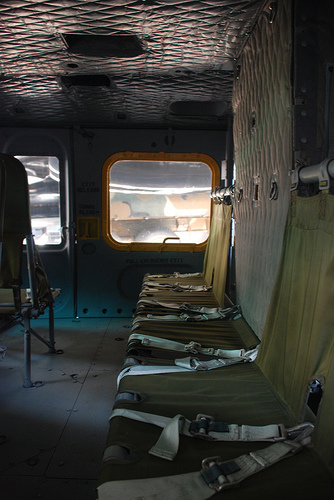 |
| Internet |
The "B" Model had a slightly longer fuselage which could accommodate, with the UH-1V in its original MedEvac role, seven passengers: three on stretchers, two sitting casualties and a medical attendant
Over 1,000 UH-1Bs were built between 1961 and 1965, and they began arriving in Viet Nam in 1963. Bell built an identical civilian version, the Model 204B, which was also sold to some foreign militaries.
To escort unarmed versions, the Army also had UH-1Bs equipped and dedicated to the gunship role. They were fitted with an "M-6E3" armament system, which included two M-60 machine guns mounted on an outrigger outboard of each door, for a total of four, and eight-round rocket packs.
 |
| Internet |
The machine guns could be aimed by the pilot using a cockpit-mounted sight and a hydraulic actuation system. However, the UH-1B gunships tended to lack the engine power necessary to both carry weapons and ammunition as well as keep up with transport Huey, and so Bell designed yet another Huey variant, the "UH-1C", intended strictly for the gunship role. The C Model had a number of internal differences, but it general appearance was identical to the B Model. Our UH-1B can easily pose as a "C" gunship model, as well as the civilian variant Model 204B.
 |
The UH-1B saw extensive service in Viet Nam, both in armed and unarmed configurations. In the originally-intended MedEvac role, they were often called "DustOffs". Transport versions, known as "Slicks" because of their uncluttered appearance, were generally armed with an M-60 machine gun mounted in each door to provide covering fire for embarking and disembarking troops.
The 204 was a giant step forward in helicopter design, being one of the first to be powered by a turbo shaft. The turbo shaft engine radically improved the practicality of the helicopter due to its light weight and high power to weight ratio, lower fuel consumption, and lower maintenance and operating costs.
The use of a turboshaft allowed it to carry a useful payload over respectable ranges and at reasonable speeds, which resulted in the 204 and subsequent 205 becoming the most successful western helicopter series in terms of numbers built
Others Versions Model 204
USMC UH-1E,
 |
| Internet |
In March 1962, Bell won aUS Marine Corps contract to supply an assault support helicopter,
 |
| Internet |
USMC receive 250 UH-1Es,(like to UH-1B )but fitted with an external rescue hoist, a rotor brake to keep the rotor in place during shipboard stowage, and a Marine-optimized avionics fit.
First flight happen in February 1963. And first deliveries began in February 1964.
USMC also obtained 20 "TH-1E" trainers
USAF UH-1F
In June 1963, Bell won a US Air Force contract for a helicopter to perform missile site support duties,
USAF received 146 UH-1F", (derivative of UH-1B. ) The UH-1F had an even wider 14.63 meter diameter rotor and a General Electric (GE) T58-GE-3 turbo shaft engine with 1,290 HP
First fly happen February 1964, with deliveries beginning in September 1964.
Number of UH-1F were converted to "UH-1P" psychological warfare rotorcraft, carrying loudspeakers over the jungles of VietNam to call on the enemy to surrender.
USN UH-1L
Bell developed a variant of the UH-1B called "HH-1K" for the US Navy,
27 were built for "search and rescue (SAR)"
These rotorcraft were fitted with a Lycoming T53-L-13 engine with 1400 HP with Navy-specified avionics. Initial deliveries were in 1970. 90 more were built as training helicopters under the designation "TH-1L Seawolf", and eight were built as "UH-1L" utility rotorcraft.
AB 204
This helicopter was also built under licence and the most famous was the Augusta bell
So I try to resume the history of the Augusta company
 |
Augusta was an Italian company based in Varese founded by Giovanni Augusta in 1907 his first airplane in 1907. Giovanni Augusta came from an aristocratic family of Parma and built his first plane in 1907. He was highly regarded as an aeronautical engineer and invented a drag chute to rescue a plane should it suffer engine failure. In 1923 he founded Construzione Aeronautiche Giovanni Augusta (CAGA) and set up a factory for the production of small aeroplanes near Varese, not far from Milan. But traditional flying, with fixed wings, didn't entirely satisfy him. He had the idea of using a rotating wing, he helicopter. This was the beginning of a long journey, which would take Agusta, on the eve of the Second World War, to designing and realizing the first prototypes.
With his early death in 1927, his son Domenico took over the business but bombing in WWII razed the factory to the ground. After the war was over, there were not the resources to start over. Rather than give in, an agreement was made in 1952 with American Bell to manufacture helicopters under license as Augusta-Bell ( Boeing make a joint venture with Aerospatiale in the same moment ) Elicotteri Meridionali was formed by Agusta in 1963 as part of an industrialization program in South Italy, which opened in October 1967, overhauling helicopters for Italian armed services.
In April 1968 it concluded an agreement production under license of Boeing Vertol CH 47 C Chinook a tandem rotor helicopters for Italian Army and for Iran. It also developed the The result was the AB47 the first helicopter produced on a wide scale in Europe. Independent research and development saw the production of the wholly-Italian designed and built A109 in the 1970's. A decade later, the A129 Mangusta was born, the first combat helicopter designed and built entirely in Europe. In 1981 Agusta and the British Westland started studies upon EH 101 medium-lift naval helicopter and in 1985 the company started a collaborative program with the aeronautic industries of France, Germany and the Netherlands in order to develop and produce the NHI HH 90, a 9-ton twin engine multi-role medium helicopter in order to satisfy the requirements of their respective countries’ armed forces. But it is in concurrence with the A109 Mangusta.
In July 2000 Finmeccanica agreed to merge their respective helicopter subsidiaries forming Agusta Westland
 |
The AB 204
Agusta obtained a license to build Model 204 in 1961 (first fly on May 10th 1961 ) Agusta-Bell sold to a large number of nations,
Agusta Agusta even supplied AB-204s fitted with a Rolls-Royce / Bristol Gnome H.1200 turbo shaft with 1,200 HP, or a GE T58-GE-2 turbo shaft with 1,325 Hp.
Two others versions were built
Twin Huey" based on AB-205s but these variants did not reach production
AB-204AS (Anti-Surface Vessel"),this machine was sold Italy, Spain, and Turkey Navy
Others Constructors
Fuji-Bell 204B
Fuji-Bell 204B-2
Model 204 variants
XH-40: Three initial prototypes, with Lycoming T53-L-1 engine (700 HP) and teetering-bar rotor.
YH-40: Six evaluation rotorcraft, with T53-L-1A engine (770 HP) and 30 centimeter (1 foot) fuselage stretch.
HU-1: 9 pre production roto rcraft, similar to YH-40.
UH-1A (HU-1A): Initial full-production rotorcraft, similar to YH-40. 183 built.
UH-1B (HU-1B): Stretched variant with wider-span rotor. Early production fitted with T53-L-5 engine (860 HP), later production with T53-L-11 engine (1,100 HP). At least 1,033 built.
Model 204B: Commercial version of UH-1B.
UH-1C: Gunship-optimized UH-1B with T53-L-11 engine, Model 540 rotor, and greater fuel capacity. About 750 built.
UH-1E: USMC version of UH-1B, with rescue hoist, rotor brake, and USMC avionics. 250 built.
TH-1E: Same as UH-1E but with dual controls for training. 20 built.
UH-1F: USAF version of UH-1B, with General Electric T58-GE-3 engine (1,290 HP) and wider rotor. 146 built.
TH-1F: Trainer version of UH-1F, build in small numbers.
HH-1K: US Navy SAR variant of UH-1B, with T53-L-13 engine and USN avionics. 27 built.
TH-1L Seawolf: Trainer version of HH-1K, 90 built.
UH-1L: Utility version of HH-1K, 8 built.
UH-1M: Night combat derivative of UH-1C with sensor systems and T53-L-13 engine (1,400 HP). Built in small numbers, some converted from UH-1Cs.
UH-1P: Pyschological warfare conversion of UH-1F, with loudspeaker system.
AB-204: Italian Agusta-Bell license-built Model 204. Agusta-Bell offered many custom fits, including a Rolls-Royce / Bristol Gnome H.1200 engine (1,200 HP) or a General Electric T58-GE-2 engine (1,325 HP).
AB-204AS: Agusta-Bell maritime warfare version of Model 204, with search radar, dunking sonar, and accommodations for torpedoes and antiship missiles.
 |
 |
 |
| Internet |
Internet |
Internet |
UH-1 VARIANTS
1956 Model 204 XH-40 3
1956 Model 204 YH-40 6 Total: 00009
1959 Model 204 HU-1A (UH-1A) 182
1960 Model 204 YHU-1B (Yuh-1B) 4
1961 Model 204 HU-1B (UH-1B) 1031
? Modèle 204-1B Nuh 1
Total:1965 +755 UHC1
Technical Data
Multipurpose utility helicopter
type Bell model 204 / UH1E Huey
empty weight 2,155 kilograms
max loaded weight 3,855 kilograms
rotor width 13.41 meters
footprint length 16.15 meters
fuselage length 12.98 meters
height 4.44 meters
maximum speed 220 KPH
service ceiling 5,090 meters
range 340 kilometers






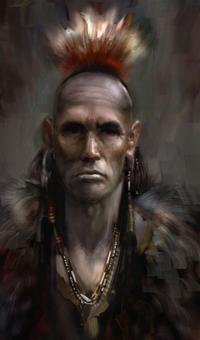



.jpg)

.png)









.jpg)
.jpg)





.jpg)

.jpg)
.jpg)
.jpg)
.jpg)





.jpg)
.jpg)
.jpg)


.jpg)
.jpg)
.jpg)
.jpg)


.jpg)
.jpg)

.jpg)
.jpg)
.jpg)

.jpg)
.jpg)

.jpg)
.jpg)



.jpg)

.jpg)



.jpg)


.jpg)

.jpg)




.jpg)

.jpg)
.jpg)

.jpg)
.jpg)
.jpg)
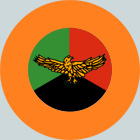
.jpg)
